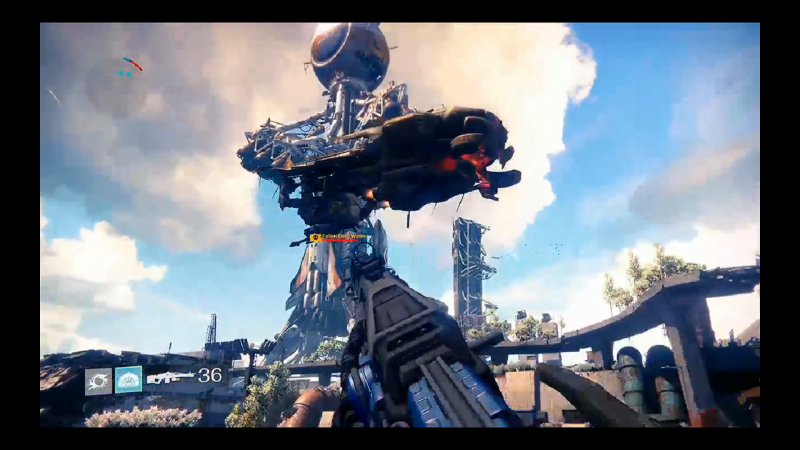It’s impossible to find four people to play through an entire game at the same time. It’s something I’ve struggled with this generation, as more and more games search for a co-op alternative to Call of Duty’s multiplayer time sink. Games like Borderlands, Gears of War, and, more recently, Fuse, sport supposedly single-player experiences which only reach maximum fun-itude when played with a full cadre.
In theory this should be fine, especially for someone like me whose pool of friends and acquaintances is comprised almost entirely of fellow game players. Cooperation has always been more appealing to me as a gamer than competition. It’s part of why I’m such a prolific and fickle fan of massively multiplayer games, hopping hurriedly from each MMO to the next. Years ago, they laid the groundwork for multiplayer party systems, making playing with strangers not only worthwhile, but often rewarding. These days, most MMOs have streamlined even that process, featuring automatic grouping to bind like-minded players together just for being in the vicinity.
However, getting a focused team of four or more players available at the same time on a regular basis to blast through a 12 hour campaign is like trying to grasp rainbows. There’s the three-step program of convincing friends to purchase the game, finding that moment when the stars align and everyone is free of real-world responsibilities at the same time, and hoping that nothing else comes up at game time. Meanwhile, playing with strangers in twitch-based, skill oriented endeavors is a gamble at best, and an invitation to harassment at worst.
That’s why it’s so ironic that the developer which pioneered co-op play on consoles might have found a way to slake my cooperative thirst in a genre I thought myself permanently sworn off. Bungie’s Destiny doesn’t seem like an MMO, but it does look to implement much of what makes them appealing.
During the first gameplay demonstration of the game at Sony’s E3 media briefing, we watched as one player entered another’s world via dropship. It looks like standard, drop-in-drop-out multiplayer, and the two definitely cooperated in much the way you’d expect them to in a first-person shooter; they shot things. It was much more interesting when a greater number of players began to fill the field. Characters dropped in on the fly and immediately grouped together into discreet “fireteams” in order to take down a massive boss (complete with a health bar and a distinctively colored font for its title).
The demo made Destiny look less like a Halo game (at least from the world and encounter design, the actual moment-to-moment shooting looked incredibly evocative of the classic Xbox franchise) and more like an MMO raid centered around a specific enemy in a specific location. The encounter was a specific moment of cooperation in a web of such moments, not just the latest in a linear campaign string.
My hope is that Destiny will maintain this structure throughout, crafting something which doesn’t require — but does support — extended bouts of coordination: not a string, but a web.


No Comments